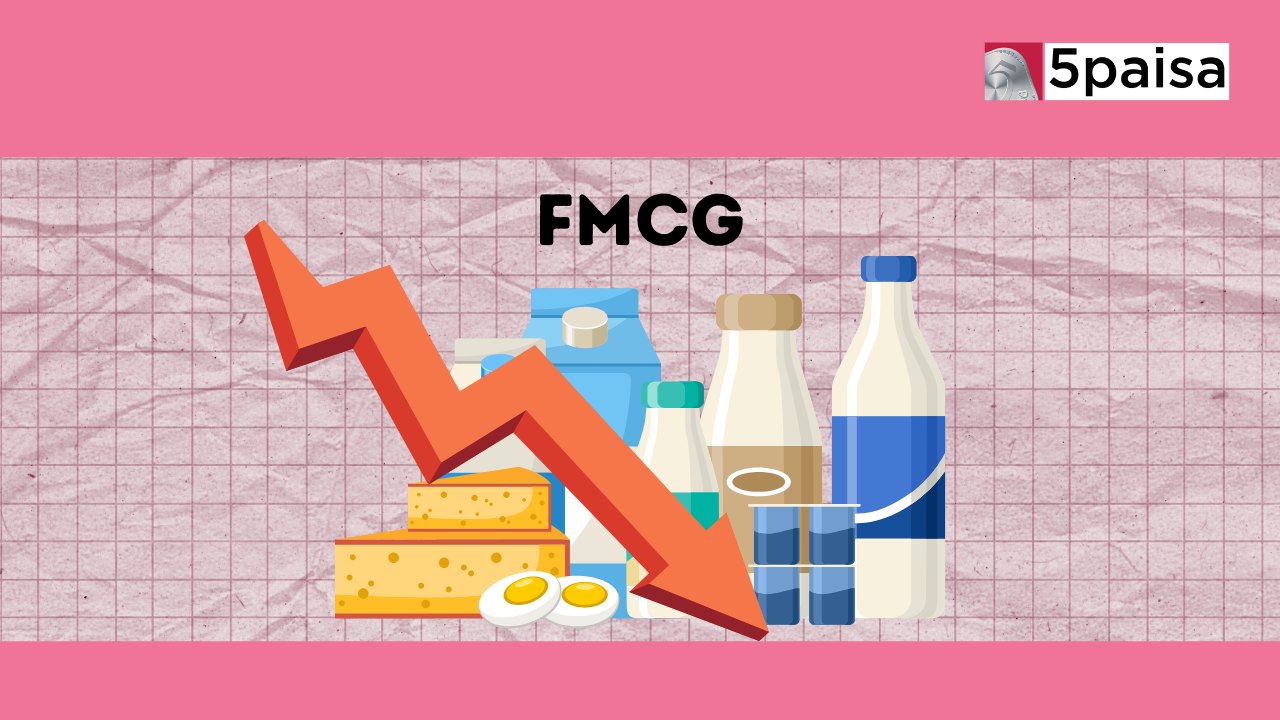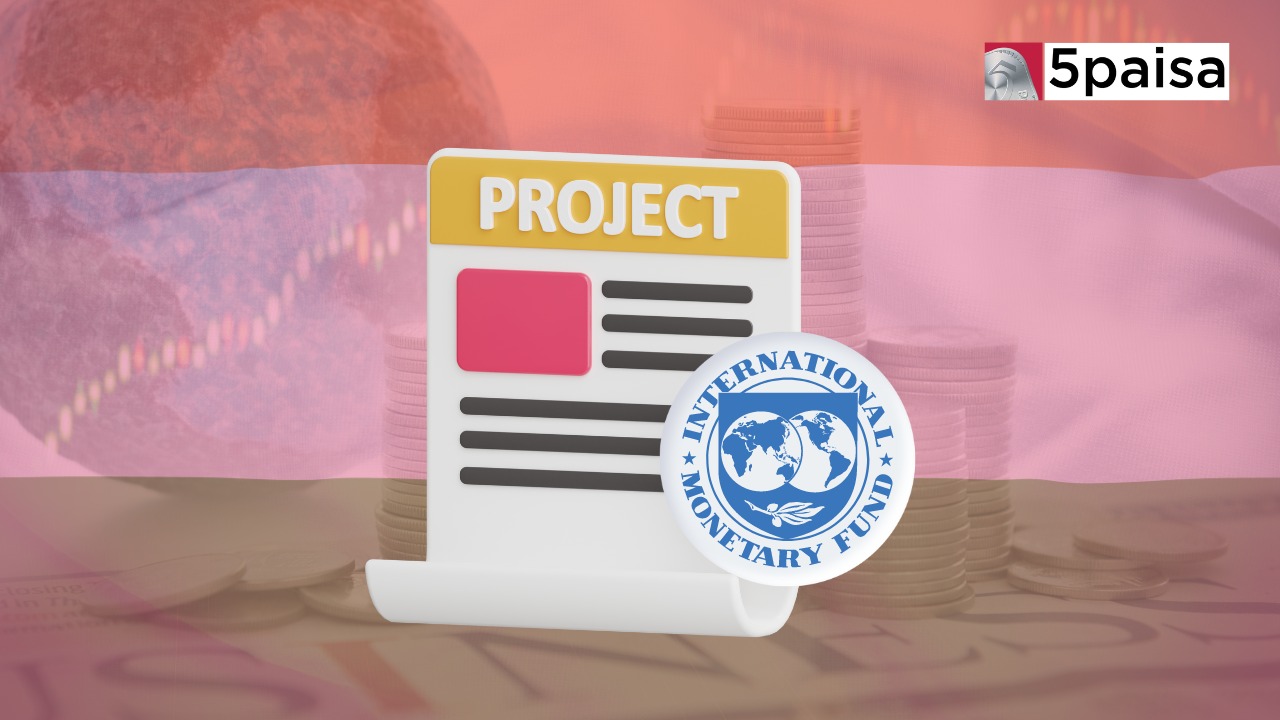
Why their is a Slump in the FMCG demand?
Every FMCG investor wants to know one thing—are they right to worry about the slowdown in rural demand? It's a valid concern indeed. Sales volumes of FMCG products in rural areas have been declining due to factors like inflation and poor rainfall in some of India's largest states.
Nuvama Institutional Equities, in their latest report on the Consumer Staples sector, warns that rural demand could remain tough in Q3FY24, potentially hindering overall FMCG volume growth. Rural volumes are expected to lag behind urban volumes, either staying flat or seeing a slight decline year over year (YoY).
The strain in rural areas is evident, with high unemployment rates and subdued demand for schemes like NREGS. Value sales are also likely to be muted due to deflating categories caused by higher gross margins. While most players anticipate yearly growth in gross margins, they may also increase advertising spending as margins improve.
Why is Rural Demand in declining?
The slowdown in rural areas has affected overall demand trends. Despite hopes for a recovery in the December quarter, the consumption slowdown persists. Rural markets in India have seen only slight growth this year, while FMCG volume growth in urban areas has been steadily increasing since April to June of last year, according to Nuvama's report.
Poor crop output has further strained rural incomes, a major driver of FMCG demand. According to retail intelligence platform Bizom, the top 75 cities contribute about 40% to FMCG industry revenues, while rural India accounts for the remaining 60%. Uneven rains in key agricultural states and lackluster festive seasons have also impacted the FMCG sector, with major players like HUL witnessing a drop in sales for the first time in Q3 FY24 since the pandemic-hit quarter of March 2020.
Analysis by Kantar shows a decline in consumption across most categories, worsened by inflation. This indicates a tough road ahead for the FMCG sector, with subdued growth expected until the September quarter of 2024. However, there is hope for a turnaround post-September, especially in the second half of the year, driven by favorable Rabi seasons.
"As a result, we do see FMCG growth to be subdued, at least until Q3 of 2024. Keeping in mind the stronger first half of 2023, we may even end up seeing some stagnation in the early part of the year, with things getting progressively better," it said.
Despite some potential growth in summer-related categories and laundry products, their combined impact on overall FMCG growth is expected to be minimal.
Regarding the upcoming general elections in the June quarter of 2024, past trends show that FMCG demand hasn't seen a significant surge during election years. In fact, with the announcement of freebies, there was stagnation or even shrinkage in FMCG sales. While past years have seen fluctuations in consumption growth, the impact of general elections on FMCG at the national level is expected to be minimal.
As for agricultural growth in India, projections indicate a seven-year low of 1.8% in 2023-24. Despite the challenges, FMCG volumes have managed to grow, driven primarily by household population growth rather than increased purchase quantities.
"In reality, if shoppers were purchasing the 2022 quantity with 2023 prices, they would have been spending Rs 286 extra, however, the drop in consumption of the category has reduced this extra spend to the aforementioned Rs 95," the report said.
Looking ahead, there's hope for improvement in the demand situation. FMCG players are expected to intensify innovation and premiumisation efforts while significantly investing in expanding rural distribution. Analysts also anticipate an expansion of profit margins with the softening of commodity inflation, leading to increased spending on branding and promotional schemes. Despite challenges, the FMCG sector remains optimistic about future growth opportunities, fueled by rising disposable incomes and evolving consumer behavior.
In conclusion, while concerns about the slowdown in rural demand persist, there are signs of improvement on the horizon. By addressing challenges and capitalizing on opportunities, FMCG companies can navigate through the current scenario and pave the way for future growth.
Disclaimer: Investment/Trading in securities Market is subject to market risk, past performance is not a guarantee of future performance. The risk of loss in trading and investment in Securities markets including Equites and Derivatives can be substantial.
 Tanushree Jaiswal
Tanushree Jaiswal



